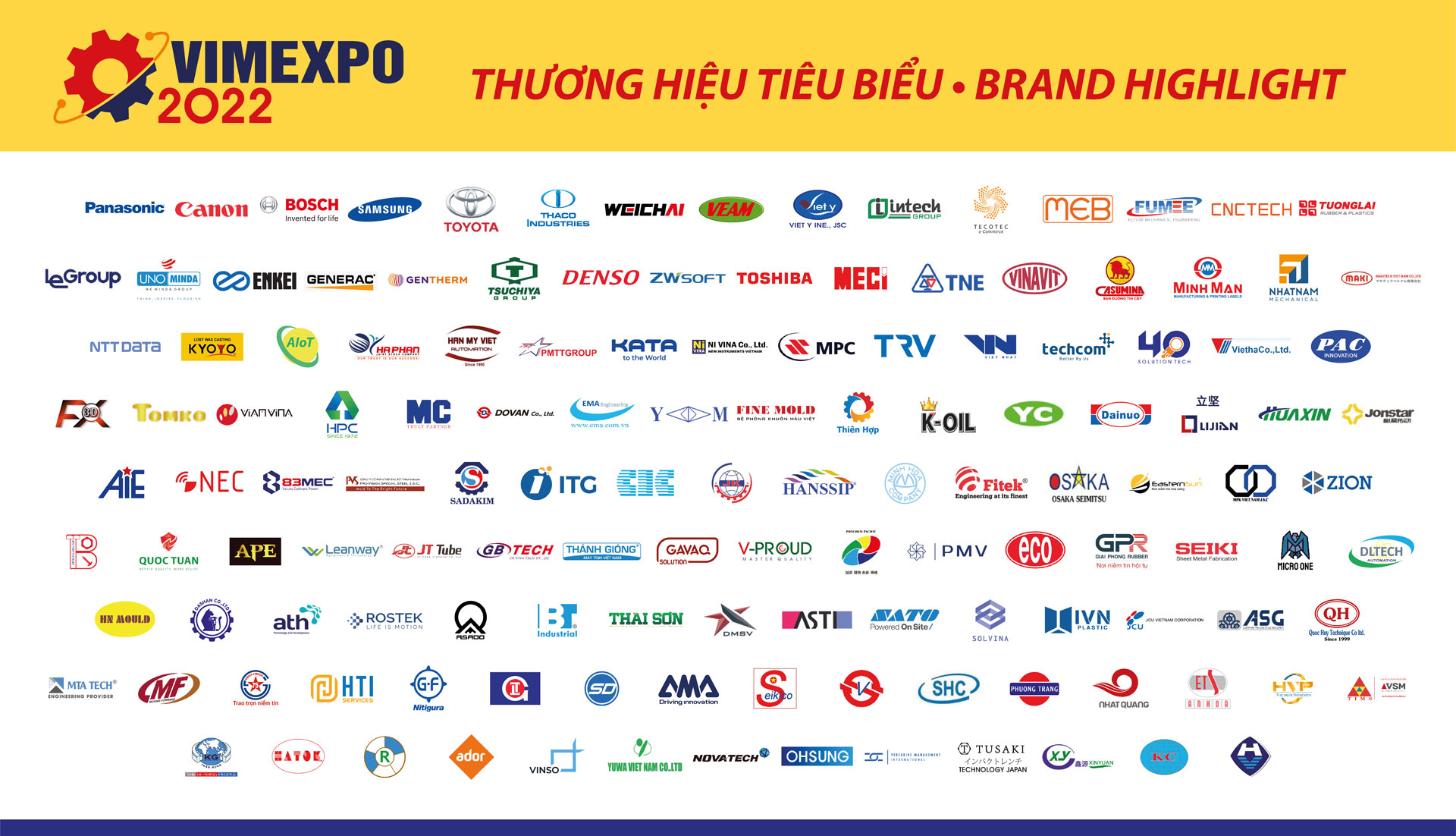Stakeholders share their thoughts with VET on the potential of Vietnam’s manufacturing and processing sector and its development in the years ahead

Mr. Rizwan Khan, Partner at Acclime Vietnam
Vietnam’s manufacturing and processing sector has been expanding and diversifying across various segments, such as high-tech, food and beverages (F&B), furniture, and garments. It has had many strengths and opportunities over recent years, especially after Covid-19.
Vietnam attracts a great deal of foreign investment and posts high export performance as one of the key manufacturing hubs in Asia, thanks to its young and dynamic population, its location right in the center of ASEAN, its strong political system, its global market reach through free trade agreements (FTAs), and its investor-friendly rules and regulations, to name just a few factors.
In addition to producing traditional goods, it also excels in electronics, telecommunications equipment, machinery, automobiles, oil and gas, and food processing. Vietnam’s manufacturing and processing sector appeals to small and medium-sized enterprises (SMEs) because it has a lower order minimum than China.
The sector attracts foreign investors from around the world but especially from Europe and Asia, which produce the abovementioned non-traditional products.
Foreign investors decide on Vietnam for many reasons, including its large and growing domestic market with a population of nearly 100 million and rising middle class; its young and growing workforce with a high literacy rate and strong work ethic; its relatively low labor costs compared to other Asian countries; its strategic location close to major markets such as China, Japan, and South Korea; and its supportive government, which offers tax breaks and land concessions.
Other reasons include the rise of e-commerce, the desire to diversify away from China, and the government’s focus on manufacturing and processing. Vietnam has also signed many FTAs that offer preferential access to large markets. These factors make Vietnam an attractive destination for manufacturing and processing investment, which creates jobs and boosts economic performance.
It’s fair to say that the manufacturing and processing sector has recorded remarkable achievements in recent years. However, it is also necessary to acknowledge some of the challenges and risks that need to be addressed, such as environmental matters, infrastructure gaps, and issues in technological innovation and competitiveness. The challenges include inadequate infrastructure, a lack of skilled workers, complex regulations, bureaucracy and a formalistic approach, and technological innovation.
In order to overcome these, foreign manufacturing and processing companies could work with local partners that provide access to infrastructure and skilled workers and help navigate the regulatory environment. They need to be proactive in complying with regulations so they can avoid problems with bureaucracy and intellectual property rights (IPR) protection. Moreover, they should expand their networks so they can build relationships with local stakeholders by attending events, meeting officials, and conducting corporate social responsibility (CSR) activities.
A variety of measures could be introduced to support the manufacturing and processing sector, such as reducing barriers to investment and research and development (R&D); developing supporting industries; enhancing human capital development; and promoting green and sustainable manufacturing and processing to reduce costs, risks, and emissions and improve reputation and competitiveness.
Specific measures would include investing in infrastructure, improving the quality of the workforce, simplifying regulations, reducing bureaucracy, further promoting exports, attracting more foreign investment, providing more tax breaks and other incentives to manufacturing and processing companies, establishing special economic zones, creating a network of support services for manufacturing companies, promoting the use of technology, and working with international organizations to promote Vietnam as a manufacturing and processing destination.
In terms of development, the sector has a bright future. It possesses many strengths and opportunities, such as a young and growing workforce, relatively low labor costs, a strategic location, and a supportive government. The government is also investing in infrastructure, improving the workforce, and simplifying regulations.
These will create a better environment for manufactures and processors. The sector will also benefit from the use of advanced technologies such as robotics, artificial intelligence (AI), and big data. These will make Vietnamese manufacturing and processing companies more efficient and productive and help them compete and attract more foreign investment.



